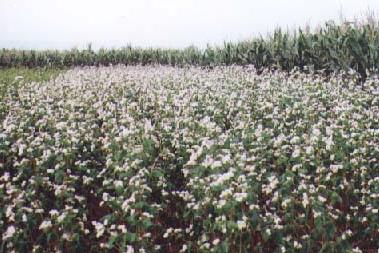Limonium tartaricum seeds
tartaricum
Flowers: Late summer in first year, following years in June to October
Blooms: White calyx with yellow flowers inside.
Height: 40cm (16in)
Spacing: 45cm (18in)
Position: Full Sun
Soil type: Well-drained/light, poor to average soils
Statice tartarica is among the prettiest of hardy plants and is a stunning spectacle when in bloom, producing clusters of snowy white frilly flowers that last all summer. Delicate and exquisite, they look like they are made from paper.
Coveted by crafters and arrangers, every devotee of dried-Flower arrangements is no doubt familiar with Statice, but gardeners may not be on a first-name basis with them as it is rare to find them in the garden centre.
In the garden, the plant stays low to the ground until it starts to bloom, the broad green leaves make a wonderful textural ground cover. With its airy sprays and delicate blooms, statice makes an interesting garden accent.
Easy to grow from seed, long lived and very productive year after year, they grow best in well drained site in full sun. Grow them as bedding plants, in containers or window boxes.
As an ‘everlasting flower’, its flowers will hold their shape and colour indefinitely. It is ideal for use as either a cut flower or as filler in dried flower arrangements, the masses of small flowers are often considered superior to the popular gypsophila.
Unlike many flowers, statice can be cut at any time and keeps its colour well in winter bouquets.
Sowing: Sow March to June, for flowers in the first year
Fill small pots or trays with a well drained, seed starting mix (John Innes or similar) Stand the pots in water to moisten thoroughly and then drain. Sow the seeds onto the surface of the soil and just cover with a sprinkling of (preferably) sieved compost.
Place the pots in a darkened area or cover the pots with paper as the seeds prefer the dark to germinate. Seeds will germinate in 14 to 21 days at 18-21*C (65-70*F).
Once germinated, bring them into an area with diffused light.
Seedlings can be transplanted to individual 7cm (3”) pots after 4-5 weeks to grow on, at 15*C (59*F) or can be transplant directly into their final growing position when they are 6 – 8cm high.
Plant outdoors only after the danger of frost passes and the soil is warm. Plant 30-40cm (12-15”) apart. Provide full sun and well-drained soil of moderate fertility.
Cultivation:
Statice is easy to grow and does not need much water or care, potential pests or diseases are rare. The plants like full sun and the soil a little on the dry side. They grow well in poor to average soils and are salt tolerant.
If the soil is very poor, give them a boost by adding a slow-release fertilizer (or plenty of compost) before planting and fertilize every four to six weeks.
Trim faded flowers or cut bouquets frequently to promote longer bloom. Established plants can be divided in early to late spring.
Plant Uses:
Statice are naturals in a cut flower garden. Use them for upright accents in mixed flower gardens and for attracting butterflies.
Cut Flowers:
Harvest when the blooms are three quarters open. Cut at any time of the day, but avoid the afternoon heat if possible. Cut at ground level and group together in bunch of 10 to 20 stems. Cut the stems to a uniform length with a sharp knife or clippers, wrap them with a rubber band and place the bundles in water out of direct sunlight. Unlike many cut flowers, statice is actually harmed by being put in refrigerated coolers.
It does best in fresh water in a cool corner and is among the longest-lasting of all fresh flowers, remaining beautiful for two weeks or more.
Dried Flowers:
To dry the blooms, remove the leaves and hang upside down in a dark, dry, ventilated area. (If placed upright, the flowers will wilt before they dry.)
Nomenclature:
Limonium is from the Greek word "leimon" meaning “a meadow”, referring to the plant's original habitat.
It is a genus of 120 flower species. Members are also known as Sea Lavender or Marsh-rosemary.

